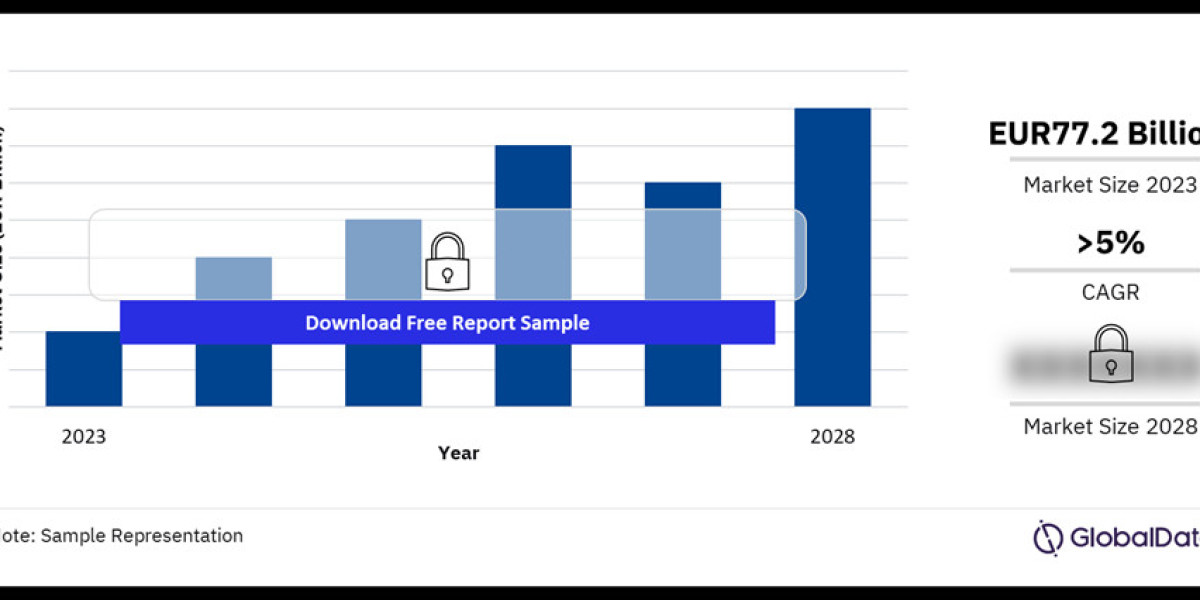The European retail market is a dynamic and diverse sector, characterized by a wide range of retailers from small independent stores to large multinational chains. It encompasses a broad spectrum of products including food, clothing, electronics, and home goods, making it an essential part of the European economy. The retail sector in Europe has been undergoing significant changes, driven by evolving consumer preferences, technological advancements, and economic shifts.
Market Size and Growth
As of 2024, the European retail market is valued at over €4 trillion, making it one of the largest retail markets globally. The sector has shown resilience despite economic uncertainties, with a steady growth rate of around 2-3% annually. Key markets within Europe include Germany, the United Kingdom, France, and Italy, which collectively contribute to a significant portion of the market's overall value.
Key Trends Shaping the Market
- E-commerce Expansion: The rise of e-commerce has been a major trend in the European retail market. Online shopping platforms such as Amazon, Zalando, and Asos have seen exponential growth. The convenience of online shopping, coupled with the increasing use of smartphones and tablets, has shifted consumer behavior towards digital channels.
- Sustainability and Ethical Consumption: European consumers are becoming more environmentally conscious and are seeking out sustainable and ethically sourced products. Retailers are responding by adopting greener practices, reducing carbon footprints, and offering more eco-friendly products. This trend is particularly strong in countries like Germany and Scandinavia.
- Omni-channel Retailing: The integration of online and offline retail channels, known as omni-channel retailing, is becoming more prevalent. Retailers are investing in technologies that allow for a seamless shopping experience across different platforms. Click-and-collect services, mobile payment options, and in-store digital enhancements are examples of this trend.
- Personalization and Customer Experience: With the advent of big data and artificial intelligence, retailers are increasingly able to personalize the shopping experience. Tailored recommendations, personalized marketing campaigns, and enhanced customer service are helping retailers build stronger relationships with their customers.
- Discount and Convenience Stores: There is a growing demand for discount and convenience stores across Europe. Retail chains such as Lidl and Aldi have expanded their presence, offering quality products at lower prices. Convenience stores are also on the rise, catering to busy urban consumers looking for quick and easy shopping options.
Challenges Facing the Market
Despite its strengths, the European retail market faces several challenges:
- Economic Uncertainty: Economic fluctuations and uncertainties, such as Brexit and the COVID-19 pandemic, have impacted consumer spending and retailer profitability. Inflation and supply chain disruptions have also posed challenges.
- Intense Competition: The retail sector in Europe is highly competitive, with numerous players vying for market share. This competition has led to price wars and thin profit margins, especially in the e-commerce space.
- Regulatory Environment: The regulatory landscape in Europe is complex, with varying rules and regulations across different countries. Compliance with data protection laws, such as GDPR, and other regulations can be challenging for retailers operating in multiple markets.
Future Outlook
The future of the European retail market looks promising, with continued growth expected in both traditional and digital channels. Innovation and technology will play a crucial role in shaping the retail landscape. Retailers that can adapt to changing consumer preferences, invest in sustainability, and leverage data-driven insights will be well-positioned for success.
Buy the Full Report for More Insights into the Europe Retail Market Forecast


